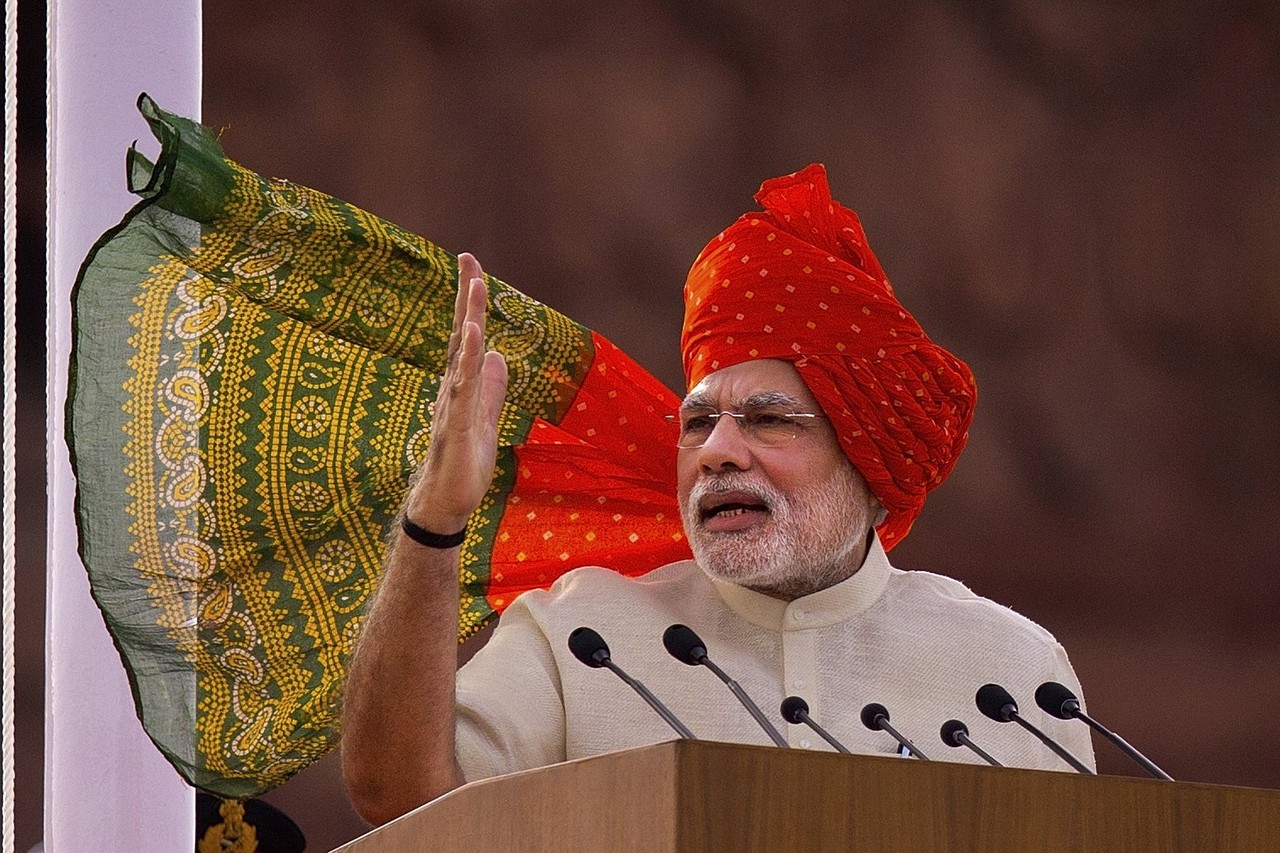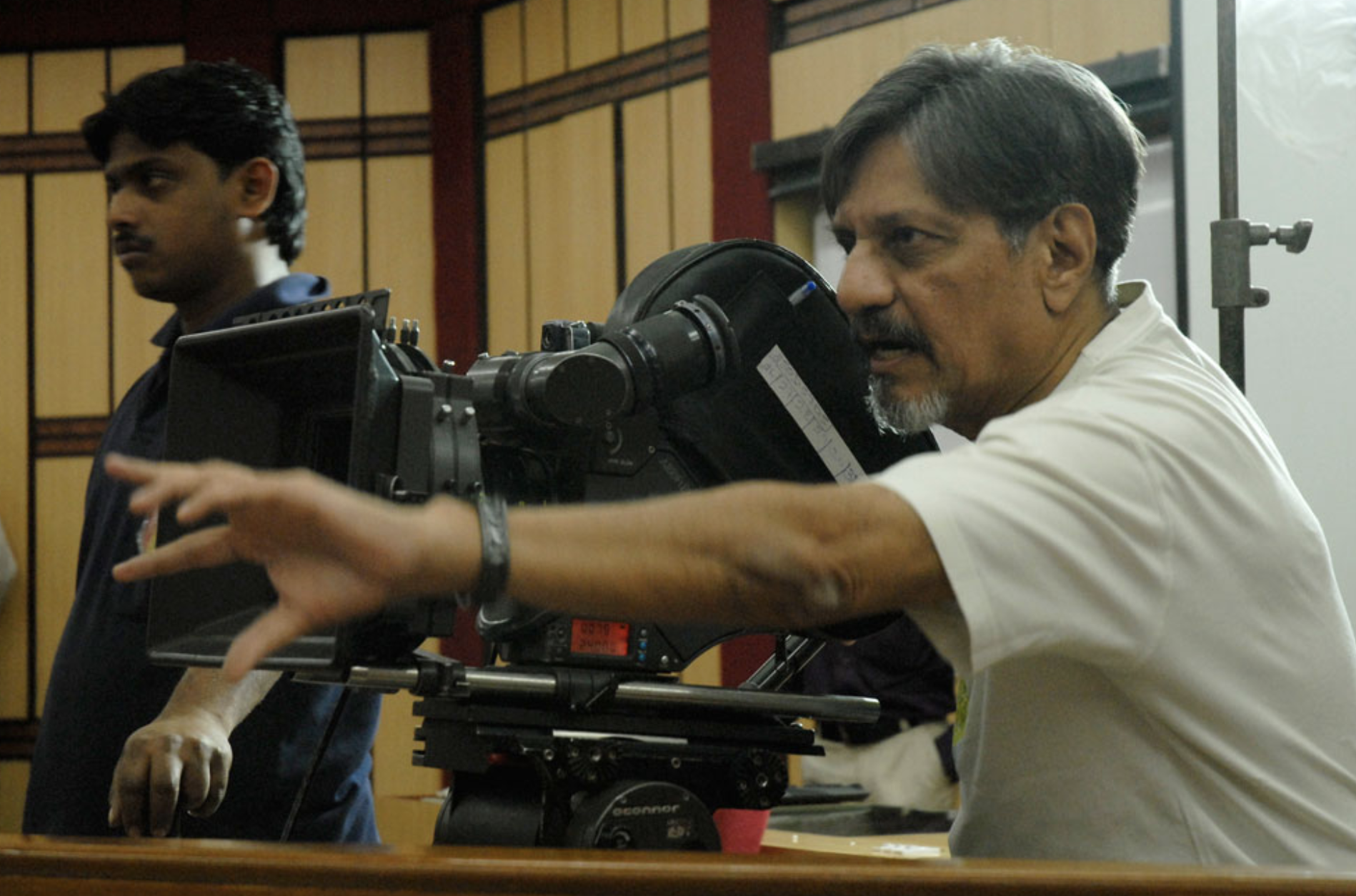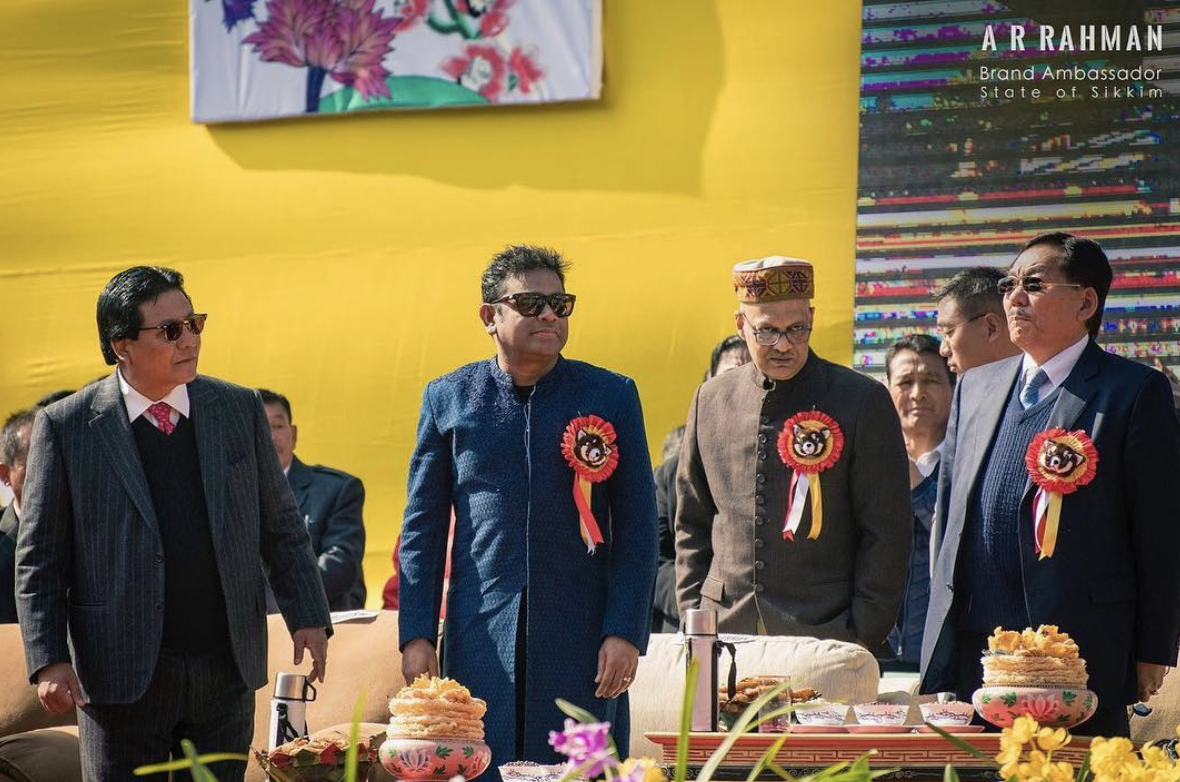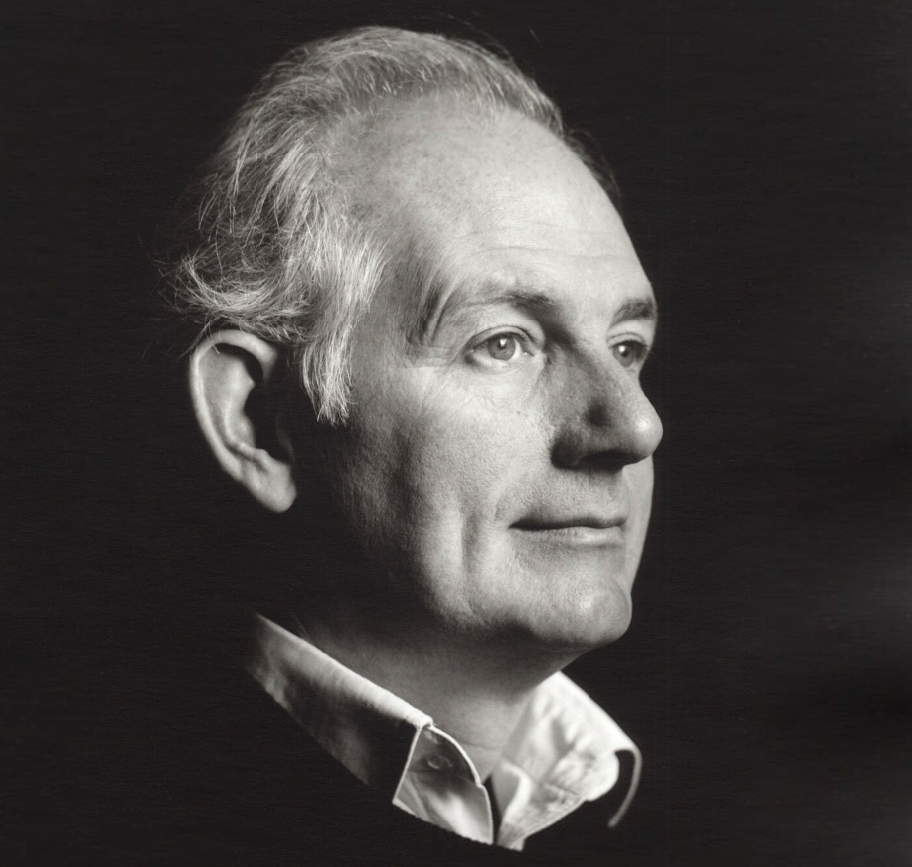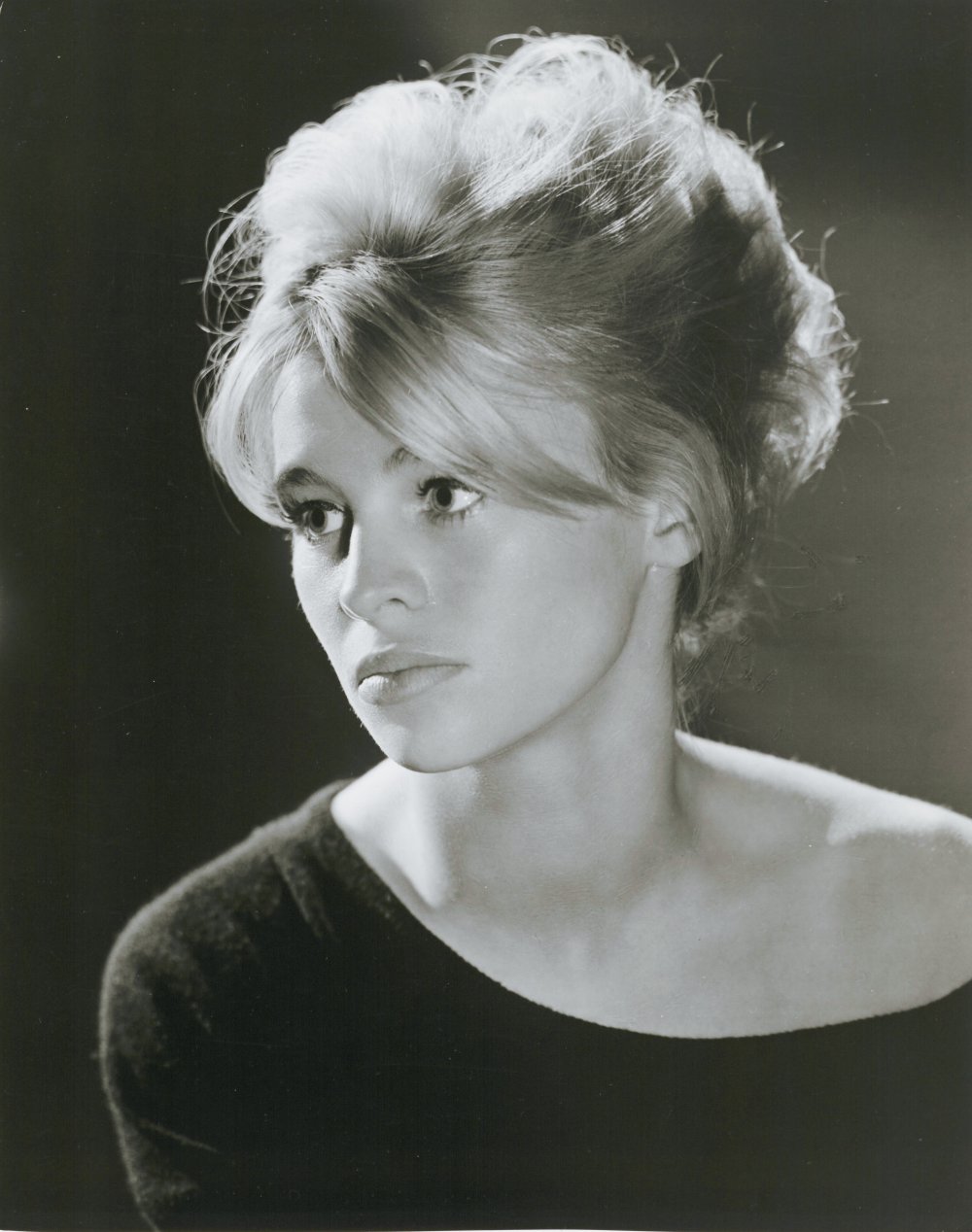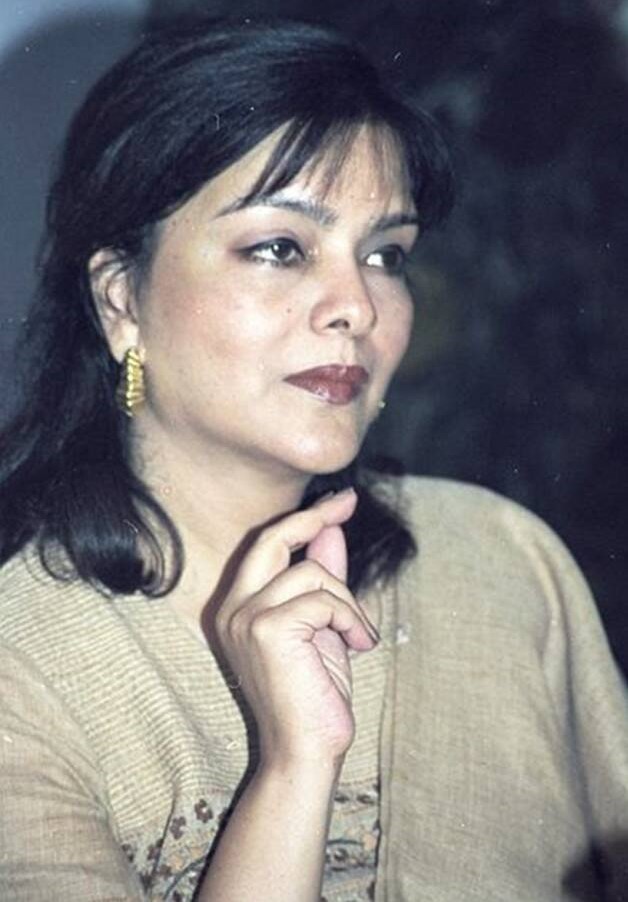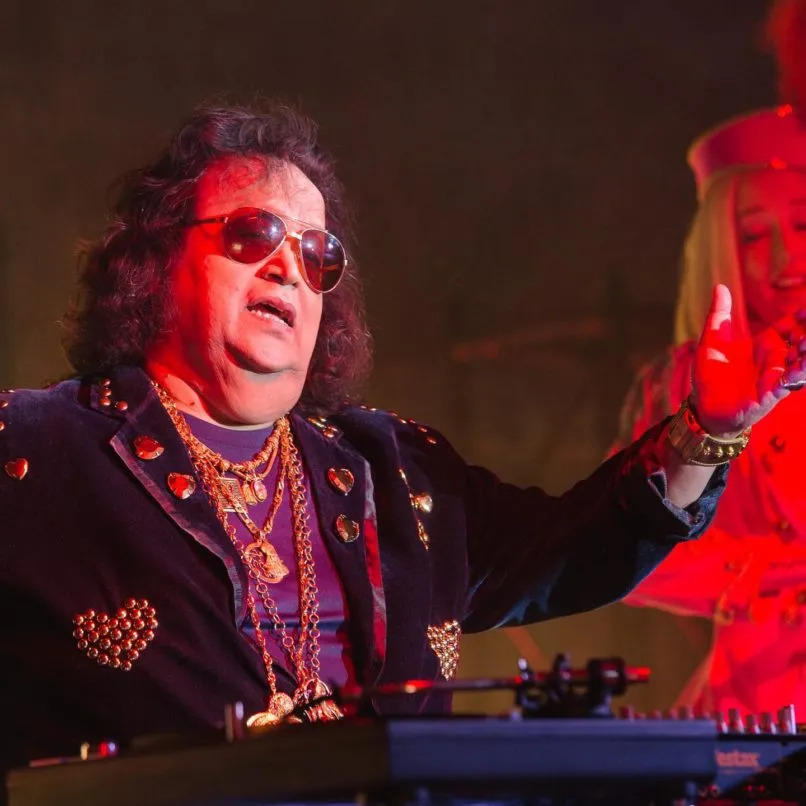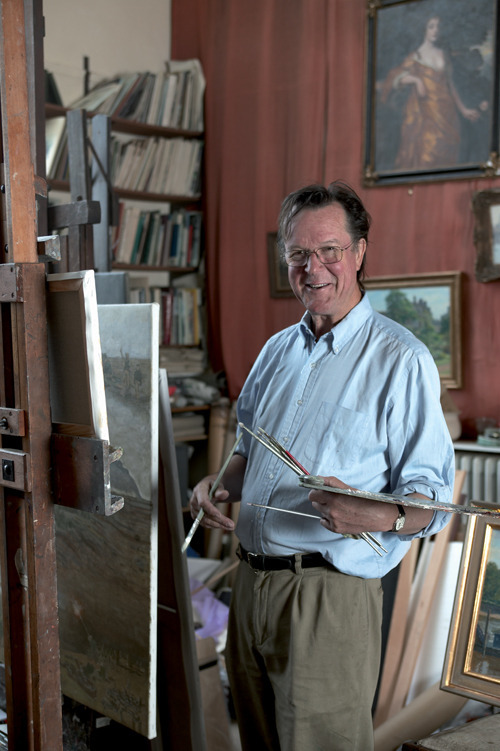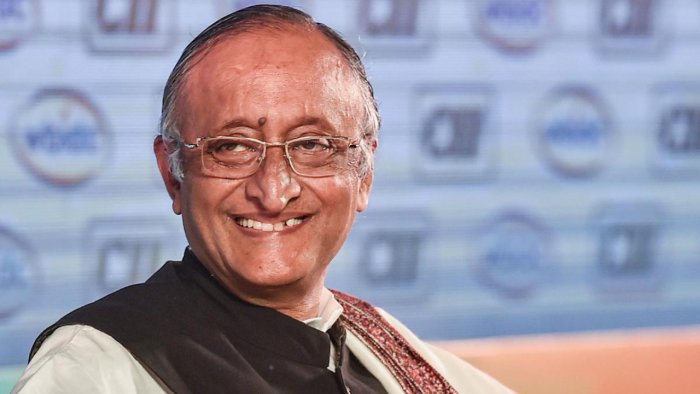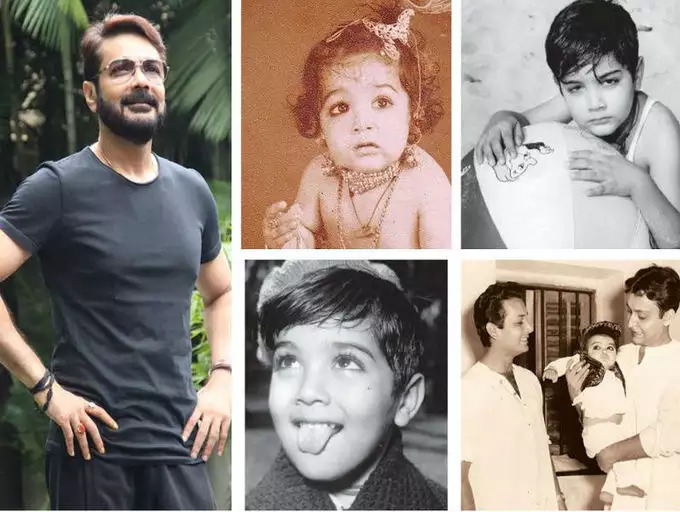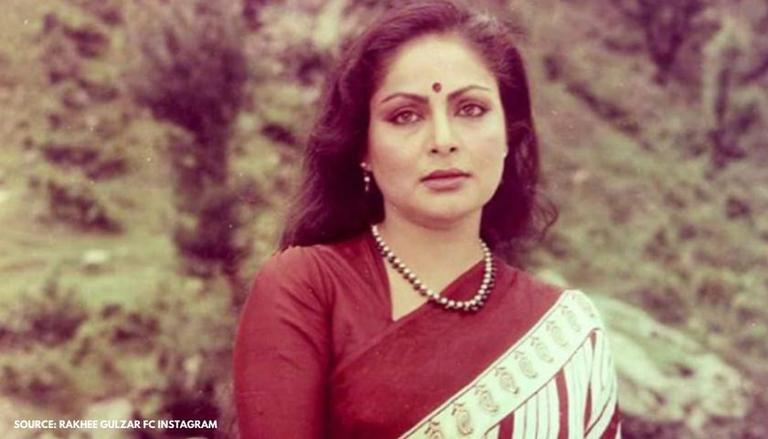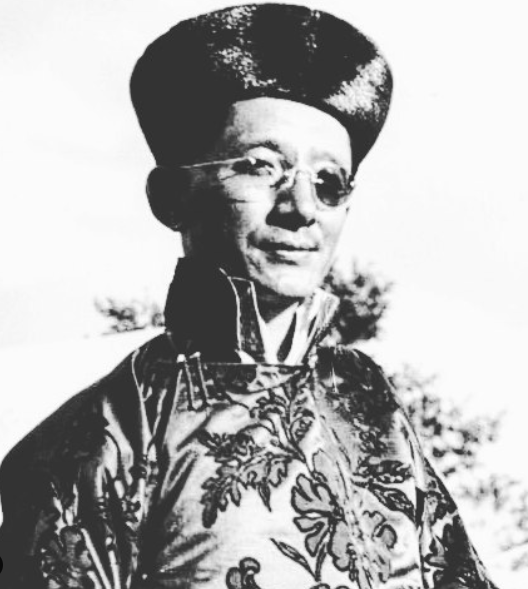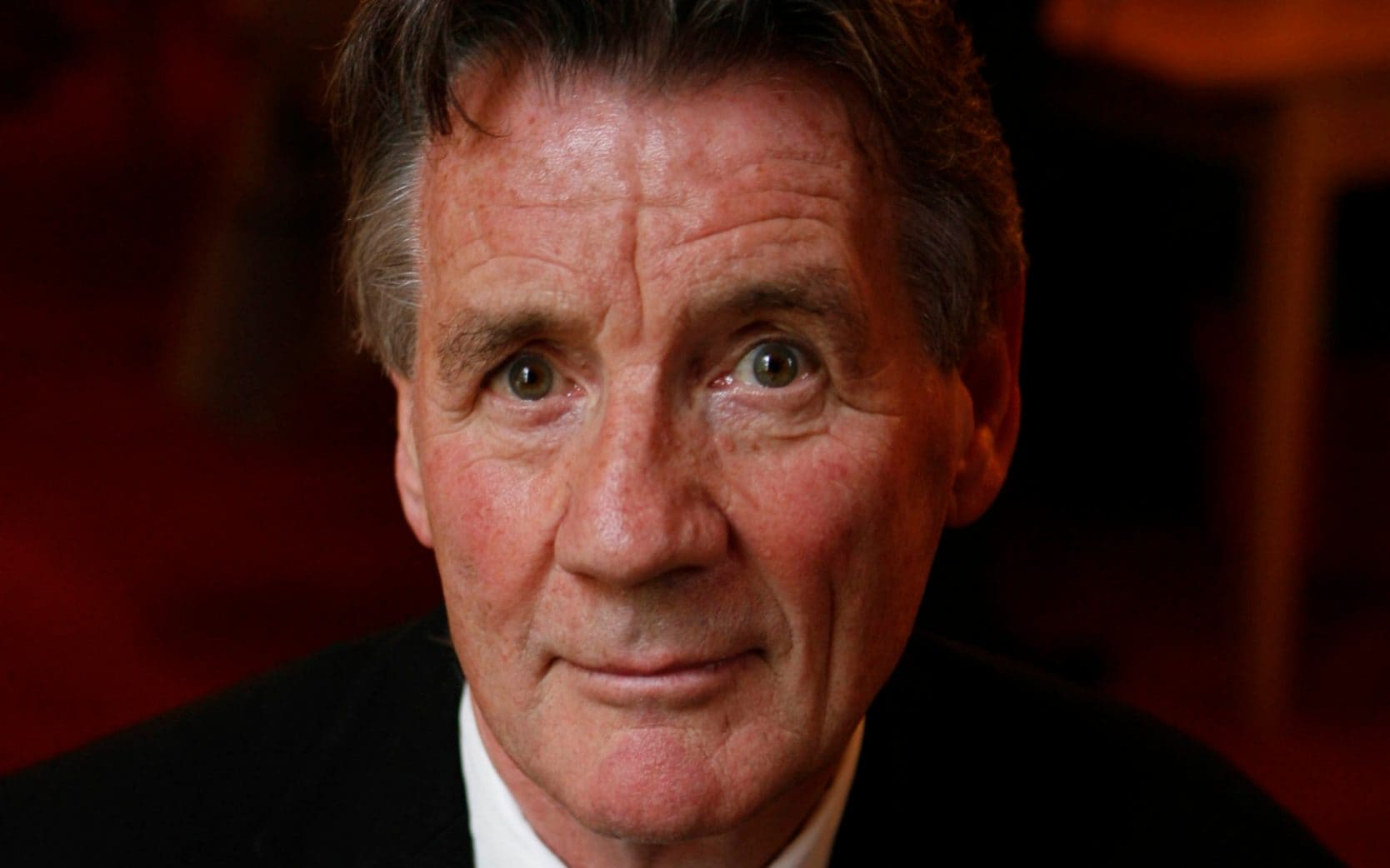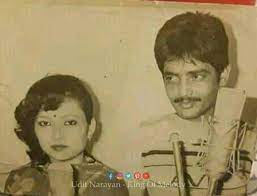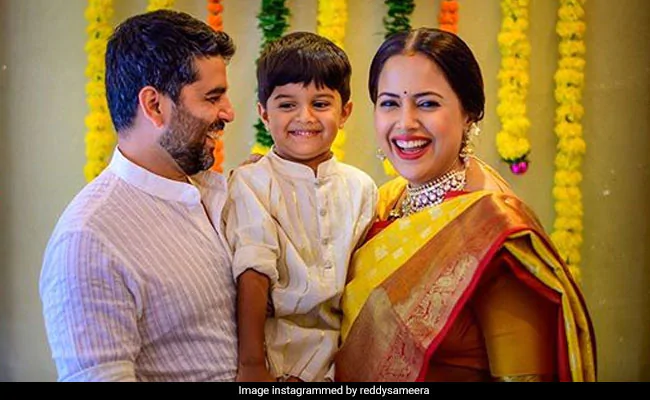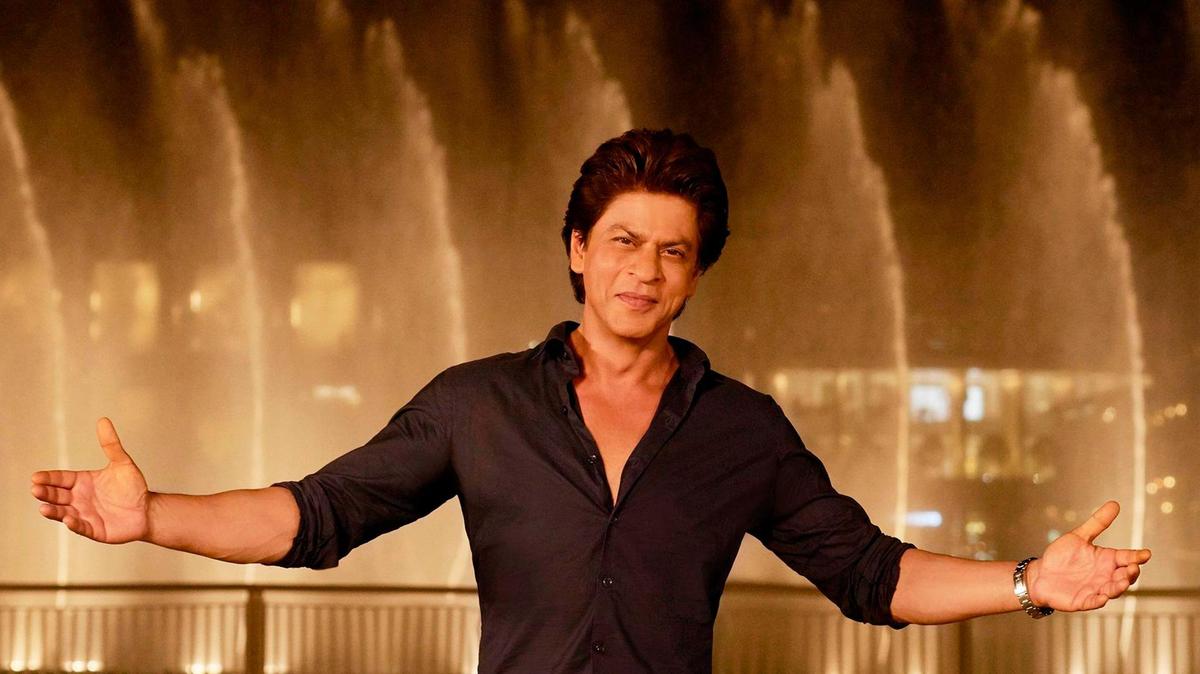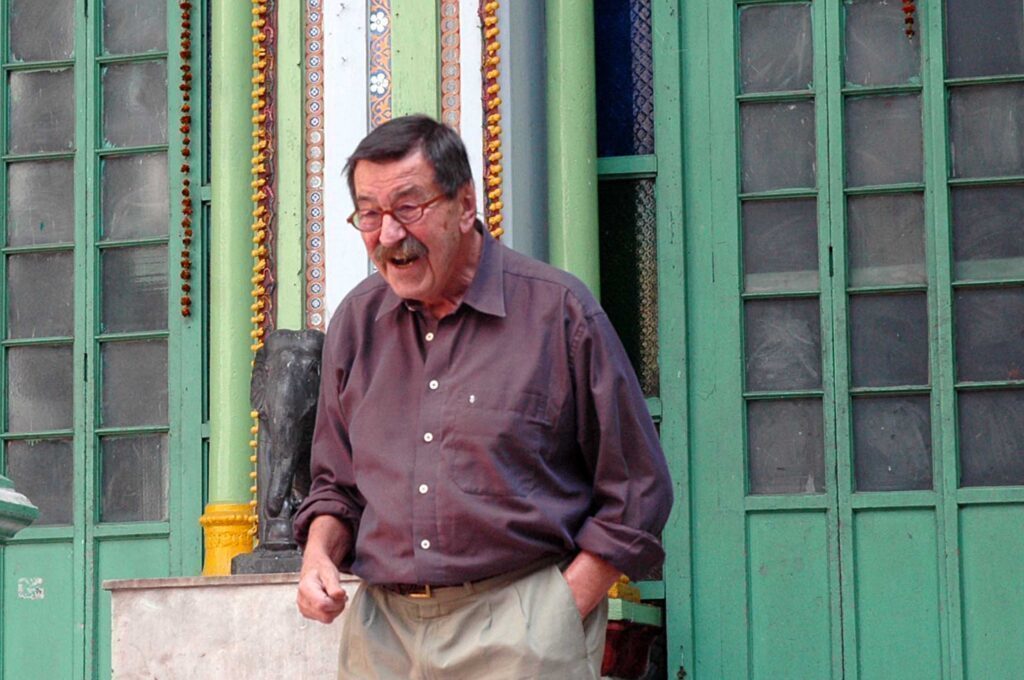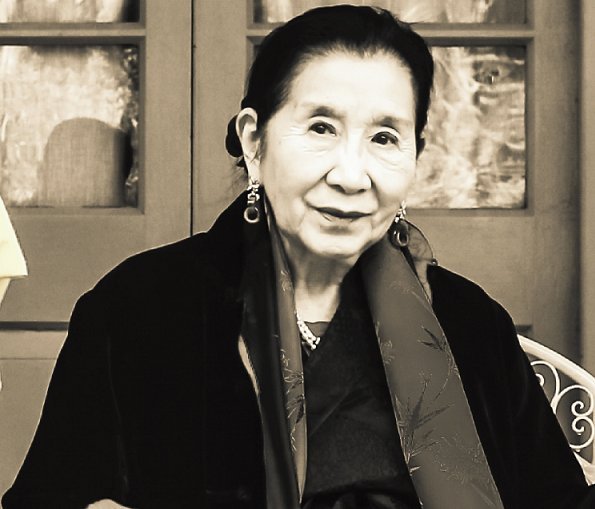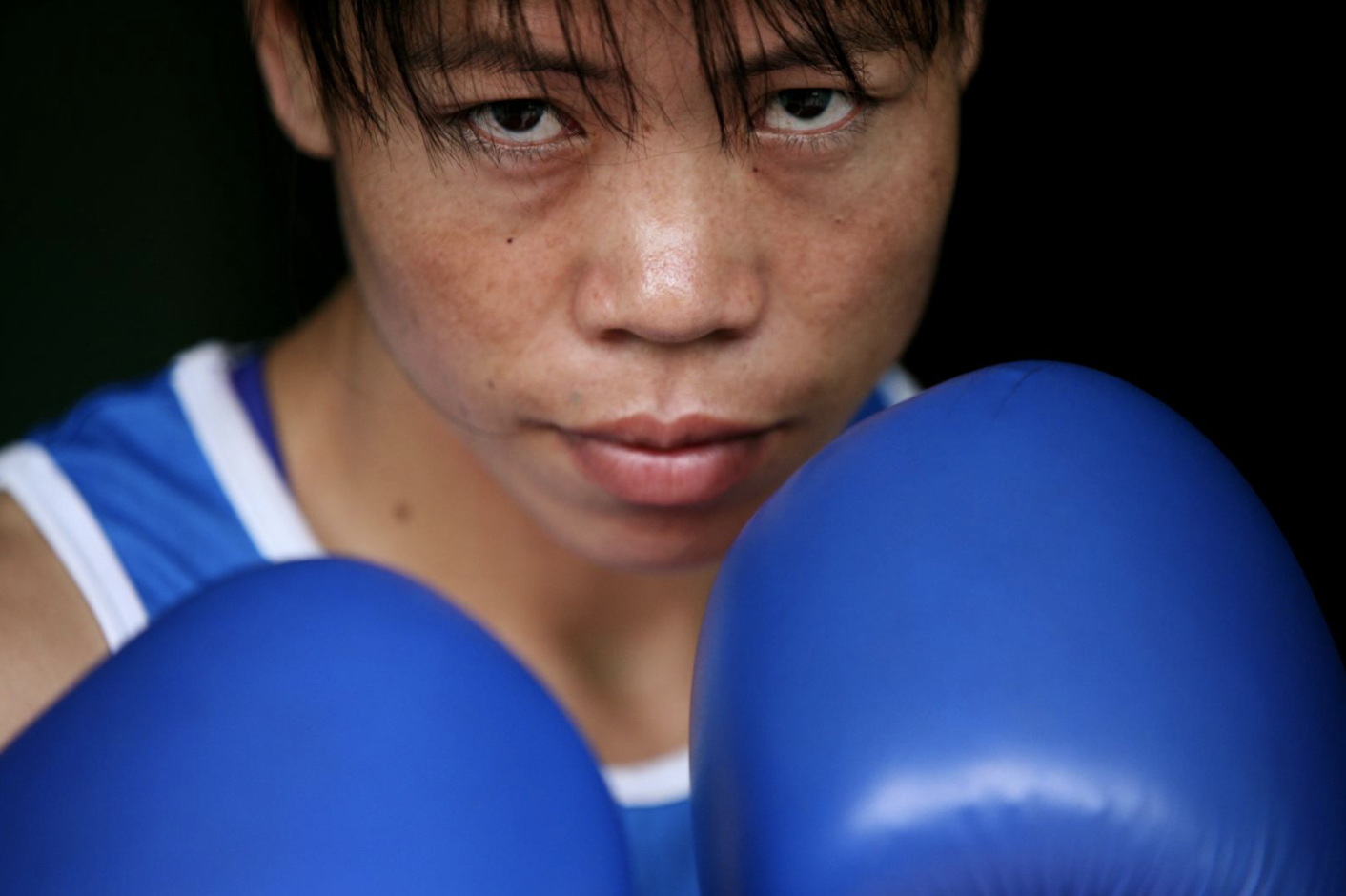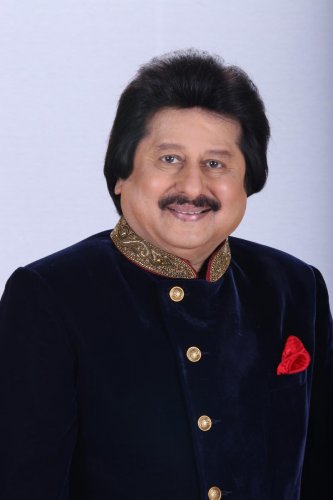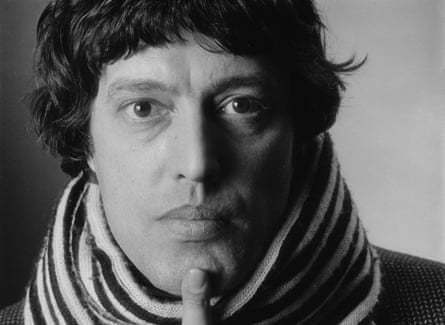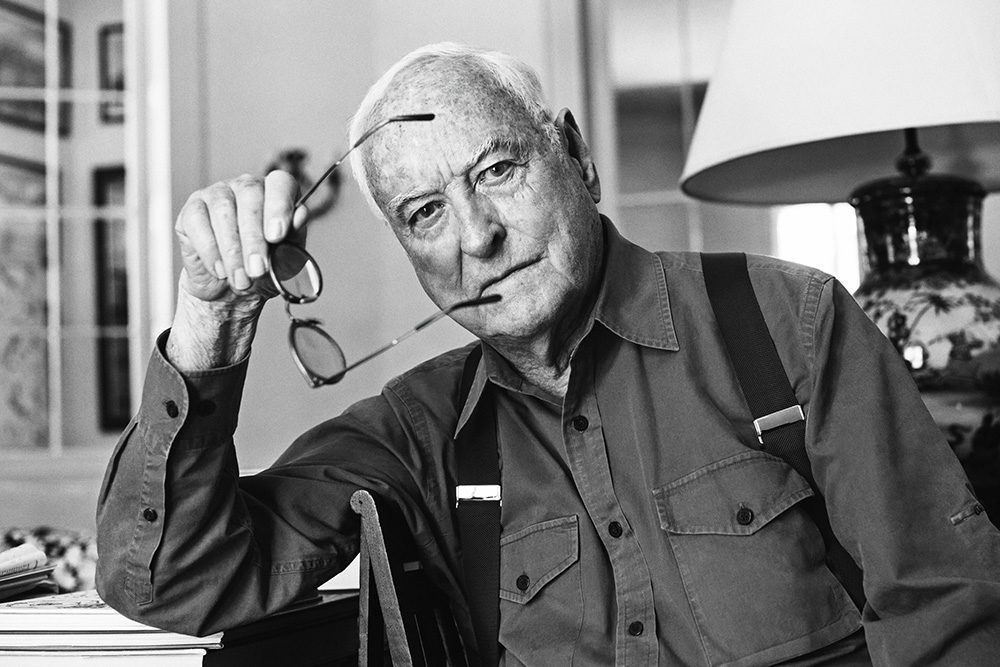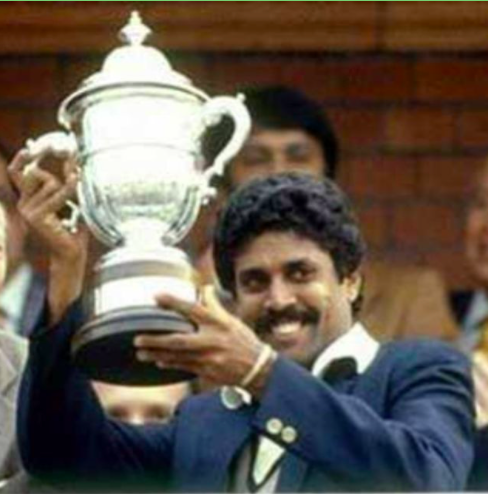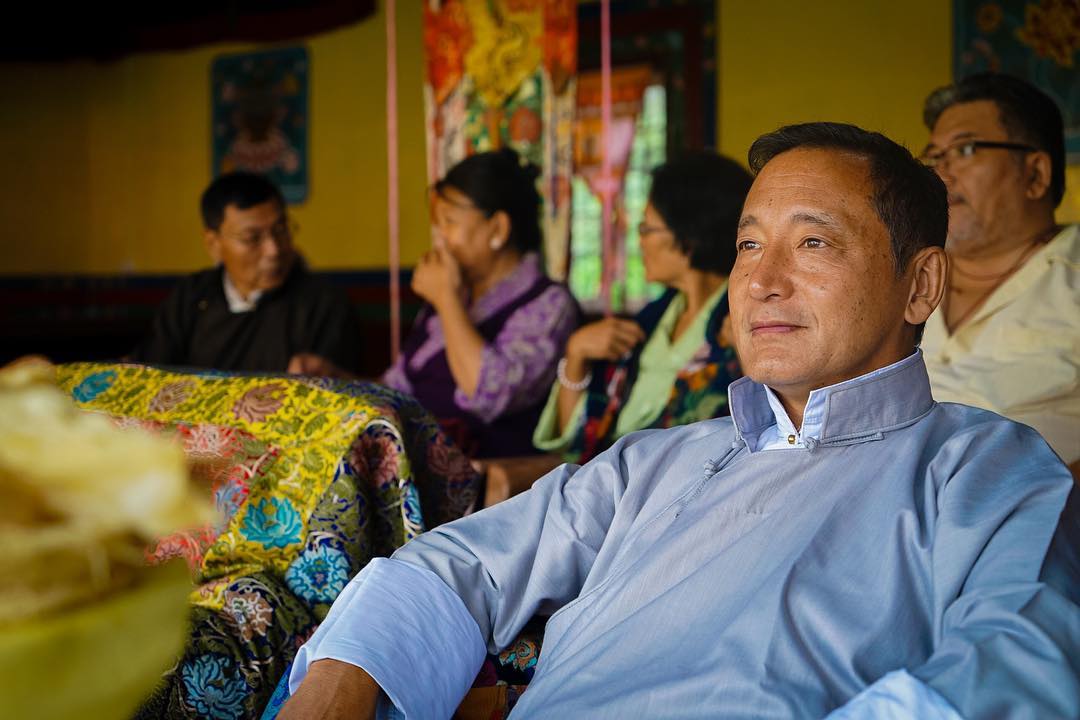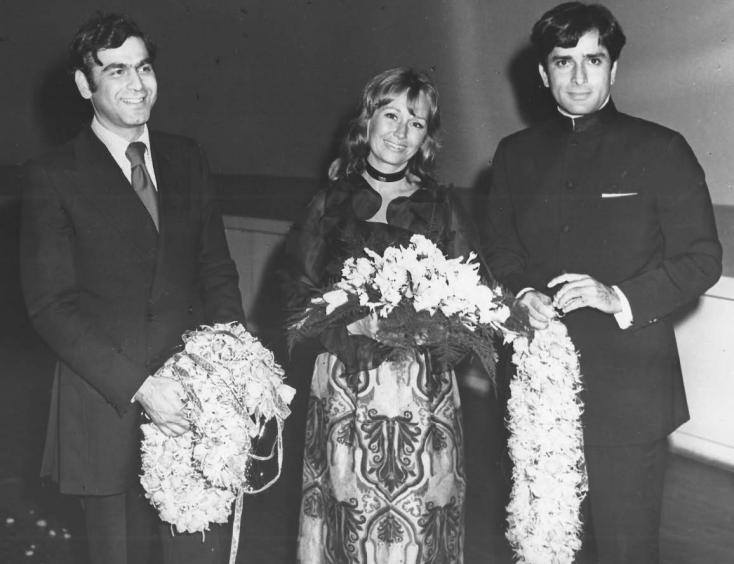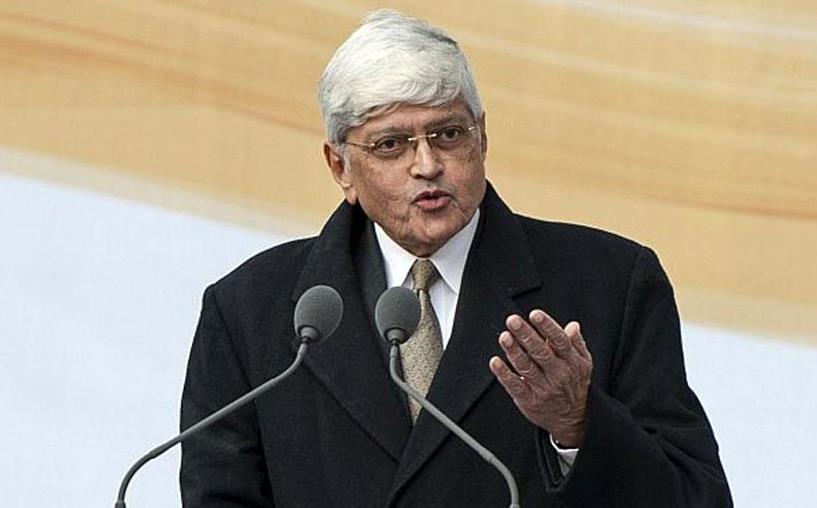AN ELGIN EXCLUSIVE FEATURE
Succeeding the throne of the West Bengali state at the infantile age of ten months, HRH Shri Sir Nripendra Narayan, Maharaja of Cooch Behar was brought up under the guidance of British Raj appointed Sir John Kneller who instilled in him a lifelong devotion to English manners, culture and clothing.

Image by Unknown, IndianRajputs
Maharaja Nripendra Narayan ushered in modernism in Cooch Behar with his marriage to Suniti Devi, daughter of Keshab Chandra Sen. An absolute Anglophile and one of the first rulers to adopt English Customs, he also embraced the Brahmo faith. Immediately after the wedding, the Maharaja commenced a two-year tour of Europe without his bride.
The Maharaja was popular with the Raj administration and was celebrated at the Court of St. James’s as the beau ideal of an Indian Prince. He was equally popular among the people of Cooch Behar who admired the young man’s commitment to modernising the State. He funded colleges, built a railway network, laid down roads and created a modern capital city complete with schools, hospitals, a courthouse and a prison. The Maharaja was a generous host, a crack shot, a skilled polo player and famed big-game hunter.

When the Maharaja and Maharani visited England for Queen Victoria’s Golden Jubilee in 1887 they were received at Buckingham Palace and Windsor Castle and dined with the Prince and Princess of Wales.
The Maharaja wasn’t without his critics. Viceroy Lord Curzon called him ‘the spoilt child of the British Royal Family’ and criticised the decision to send his sons to Eton saying ‘the Cooch Behar boys were too English’.

The immovable assets since the reign of Nripendra Narayan included ownership of the Cooch Behar Palace, forty-one houses in Darjeeling including their summer residence Colinton and the huge Woodlands Estate in Alipore in Calcutta.
He also owned four houses in Simla, one in Ooty, one summer villa in Bexhill in England, one house in London and numerous religious shrines all over India vested under Debottar trust.
The Maharaja invested a mass of his fortune in Darjeeling and by late 1880s, nearly half of the registered properties in Darjeeling were owned by him. One of these properties now is The Elgin, Darjeeling. It was built in 1887 in the style of a manor house and was used by the Maharaja as a summer house. After being leased to a succession of British families it finally got to the hands of the Oberois.
The Maharaja died in England at Bexhill-on-Sea in Sussex in 1911 from complications due to pneumonia. King George V gave him a royal funeral with full military honours. He was surrounded by his family including the Maharani.



